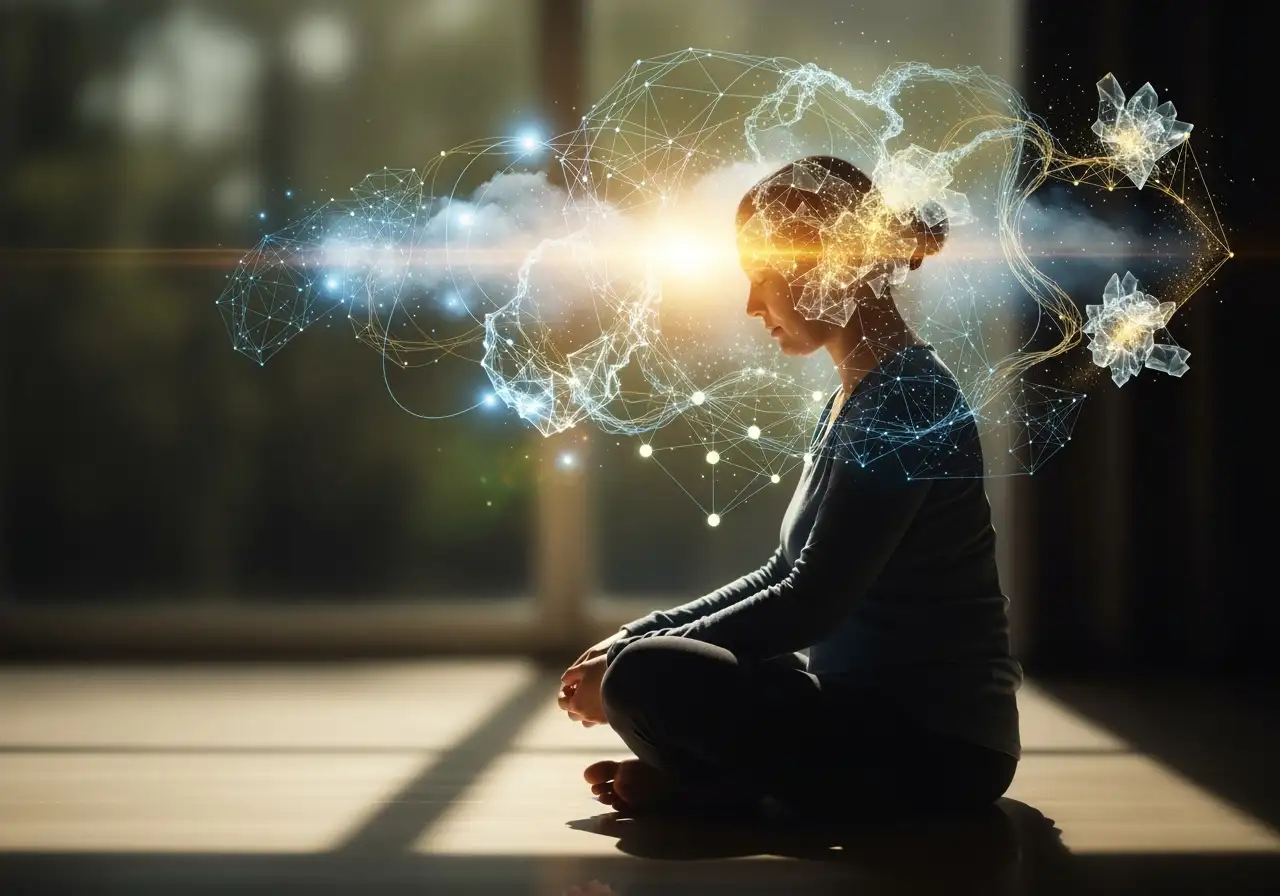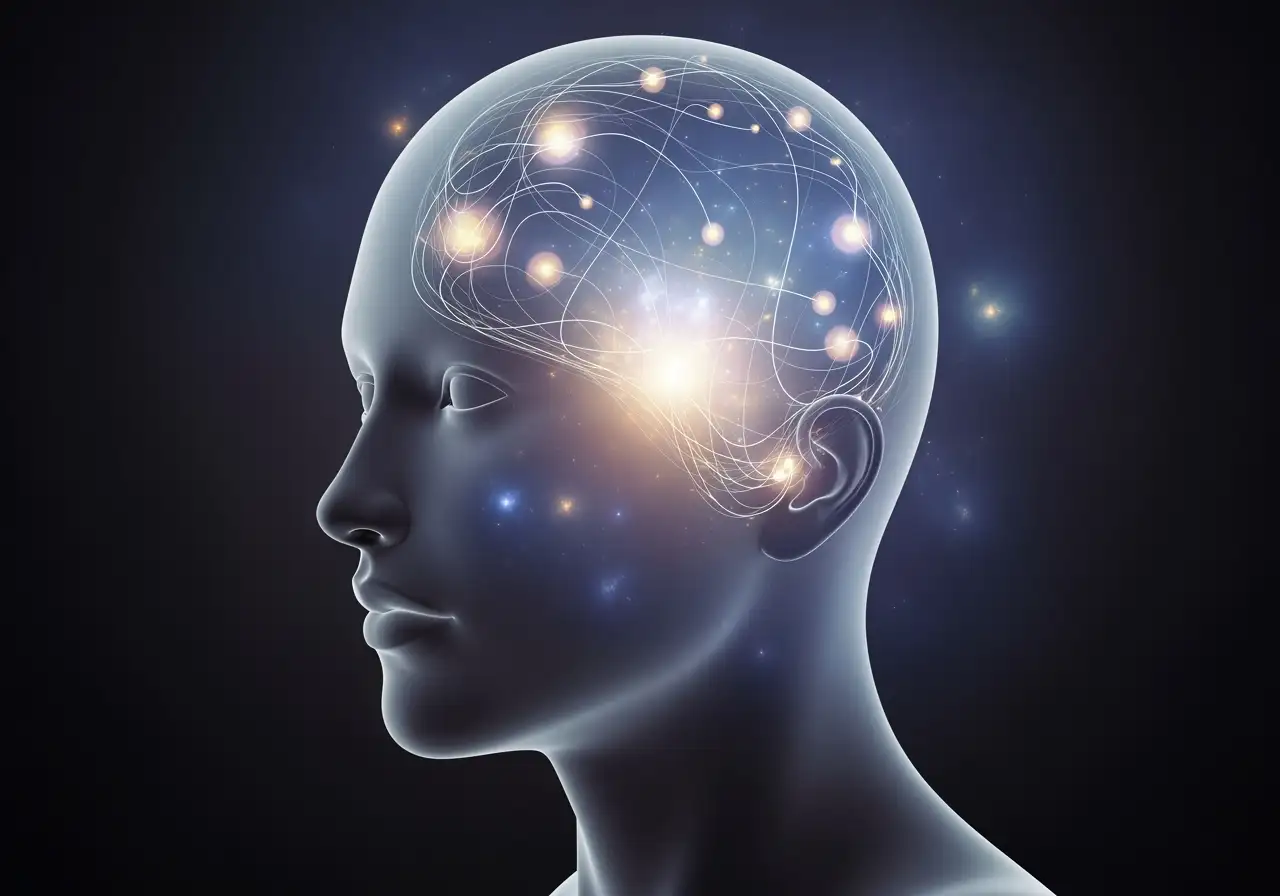Quantum Mindfulness and Mental Resilience
Quantum Mindfulness and Mental Resilience
For centuries, humanity has grappled with the profound mysteries of consciousness, the elusive nature of reality, and the intricate interplay between our inner world and outer experiences. From ancient philosophical inquiries into free will and perception to modern psychological models of stress, the quest to understand the mind’s profound capabilities and its vulnerabilities has been ceaseless. Today, a revolutionary approach, the Quantum Mindfulness framework, draws inspiration from these rich traditions, adding a surprising layer of insight informed by the principles of quantum mechanics.
At its heart, Quantum Mindfulness is not about turning your brain into a quantum computer. Instead, it leverages powerful metaphors from quantum physics to illuminate the mind’s dynamic process of creating reality. Consider the renowned concept of superposition in quantum mechanics, where a particle exists in multiple potential states simultaneously until it is observed. The Quantum Mindfulness framework suggests a profound parallel within our minds: a state of cognitive superposition, where a vast array of thoughts, perceptions, and actions exist as fluid possibilities. The mind then performs an act of psychodynamic wave collapse, resolving these possibilities into a definite, clear actualized experience – a form of classical determinacy.
This idea represents a powerful departure from linear, mechanistic views of the mind. Instead of seeing thinking as a simple input-output process, Quantum Mindfulness views it as a continuous, active process of making reality from an unbounded field of potential. This perspective allows us to grasp why mental strain in the modern age isn’t just about overwork, but about a fundamental disruption in our mind’s intrinsic ability to genuinely manifest its inner potential.
This conceptualization is not entirely new in terms of philosophical inquiry. Ancient contemplative traditions and various schools of thought have long explored the idea of the mind’s active role in shaping perception and reality. From Buddhist concepts of emptiness and the interdependent nature of phenomena to Western philosophical debates on subjective experience versus objective reality, humanity has grappled with the idea that our internal states profoundly influence our experience of the world. The Quantum Mindfulness framework re-frames these timeless questions through a modern lens, offering a precise vocabulary and conceptual model for understanding this dynamic interplay. It posits an Observer-Participant Theory, where conscious observation is not neutral but a creative intervention that inherently modifies both the mental state and the broader field of consciousness. This aligns with the Mind Controls Brain Principle, where the mind is seen as the architect of experience, with the brain serving as a mediating organ.
By drawing from philosophy’s deep dives into consciousness, psychology’s understanding of cognitive processes, and even the abstract beauty of quantum physics, Quantum Mindfulness offers a unique lens through which to examine mental states. It helps us understand how the overwhelming information and external pressures of our contemporary lives can hijack our natural capacity for genuine inner creation, leading to phenomena like resolution fatigue and ontological starvation—states where the mind loses its innate spark and ability to engage meaningfully.
The framework further elaborates on the mind’s internal architecture through its ten psychodynamic dimensions, understood as fundamental energetic substrates or cognitive quanta. These dimensions are categorized into two primary groups:
- The Prime Modality (M1), comprising the Psycho-Volitional Dimension (Pd1), Psycho-Conceptive Dimension (Pd2), and Psycho-Meditative Dimension (Pd3). This triad forms the cognitive-executive core, governing primal will, intuitive insight, and structured thought, respectively. Pd1, the Psycho-Volitional Dimension, is the source of pure potentiality and has an annihilative property, dissolving perceived limitation. Pd3, the Psycho-Meditative Dimension, is the primary locus of intentional collapse, enabling structured understanding and analytical reasoning.
- The Secondary Modality (M2), encompassing the remaining seven dimensions (Pd4-Pd10). These dimensions articulate the complex processes through which foundational cognitive functions manifest and interact within lived experience and observable behavior, shaping the affective, social, and relational texture of experience. Key dimensions include the Psycho-Empathic Dimension (Pd4) for compassion and connection, the Psycho-Protective Dimension (Pd5) for boundaries and self-integrity, and the Psycho-Aesthetic Dimension (Pd6) which acts as a crucial balancing cognitive mechanism, harmonizing seemingly opposing forces. The Psycho-Motivational Dimension (Pd7) drives sustained action, the Psycho-Receptive Dimension (Pd8) refines perception and integrates feedback, while the Psycho-Foundational Dimension (Pd9) consolidates memory and grounds experience. Finally, the Psycho-Transpersonal Dimension (Pd10) represents the ultimate manifestation of consciousness in temporal reality.
These dimensions do not operate in isolation; instead, they form a dynamic and interconnected network, constantly engaged in complex patterns of interaction. These interactions can lead to constructive interference, where dimensions align harmoniously, amplifying positive qualities and leading to states of flow and fulfillment. Conversely, they can result in destructive interference, where dimensions conflict or compete, diminishing possibilities or creating internal conflict and decision paralysis, contributing to psychological disharmony. Understanding these interference patterns is crucial for psychodynamic balance restoration.
This framework isn’t just theory; it’s a radical re-evaluation of how our minds work and how they break down. It provides a foundational understanding that moves beyond mere symptom management, inviting us to explore the deeper mechanisms of mental well-being and to cultivate cognitive agency. By understanding how our mind processes information and collapses potential into experienced reality, we can actively engage in superpositional cognitive engineering, deliberately influencing the emergence of our mental states.
By understanding the origins and core principles of Quantum Mindfulness, you begin to see the profound potential for reclaiming your mind’s innate ability to shape its own reality and achieve perceptual freedom. Ready to discover the profound implications for your own mental health and engagement?






